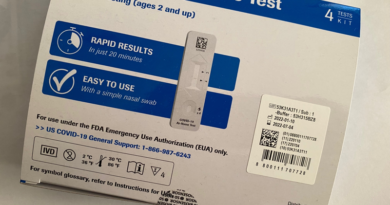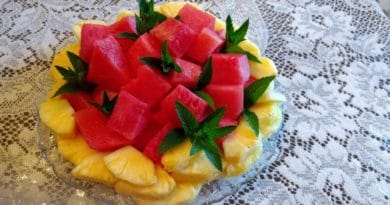Bean and other legumes: Cooking tips
Want to add nutritious beans and legumes to your diet but aren’t sure how? This guide can help.
Legumes — a class of vegetables that includes beans, peas and lentils — are among the most versatile and nutritious foods available.
Legumes are typically low in fat, contain no cholesterol, and are high in folate, potassium, iron and magnesium. They also contain beneficial fats and soluble and insoluble fiber. A good source of protein, legumes can be a healthy substitute for meat, which has more fat and cholesterol.
If you want to add more beans and other legumes to your diet, but you aren’t clear about what’s available and how to prepare them, this guide can help.
Types of legumes
Many supermarkets and food stores stock a wide variety of legumes — both dried and canned. Below are several types and their typical uses.
- Adzuki beans (also known as field peas or red beans): Soups, sweet bean paste, and Japanese and Chinese dishes
- Anasazi beans: Soups and Southwestern dishes; can be used in recipes that call for pinto beans
- Black-eyed peas (also known as cowpeas): Salads, casseroles, fritters and Southern dishes
- Edamame: Snacks, salads, casseroles and rice dishes
- Fava beans (also known as broad beans): Stews and side dishes
- Garbanzo beans (also known as chickpeas): Casseroles, hummus, minestrone soup, and Spanish and Indian dishes
- Lentils: Soups, stews, salads, side dishes and Indian dishes
- Soy nuts: Snack or garnish for salads
Preparing legumes
Dried beans and legumes, with the exceptions of black-eyed peas and lentils, require soaking in room temperature water, a step that rehydrates them for quicker, more even cooking.
Before soaking, pick through the beans, discarding any discolored or shriveled ones or any foreign matter. Rinse the beans well. Depending on how much time you have, choose one of the following methods:
- Slow soak. In a stockpot, cover 1 pound dried beans with 10 cups water. Cover and refrigerate for at least four hours or overnight.
- Quick soak. In a stockpot, bring 1 pound of dried beans and 10 cups of water to a boil. Cover and set aside and let beans soak for one to four hours at room temperature.
- No soak. This can require a longer cooking time, and gas-forming carbohydrate may be more present. Be sure you rinse the beans well before beginning to cook them.
Cooking tips
After soaking, drain and rinse the beans and add to a stockpot. Cover the beans with three times their volume of fresh water. Add herbs or spices as desired. Bring to a boil. Then reduce the heat and simmer gently, uncovered, stirring occasionally, until tender. The cooking time depends on the type of bean, but start checking after 45 minutes. Add more water to keep the beans from becoming dry.
More cooking tips:
- Add salt or acidic ingredients, such as vinegar, tomatoes or juice, near the end of the cooking time, when the beans are just tender. If these ingredients are added too early, they can make the beans tough and slow the cooking process.
- Beans are done when they can be easily mashed between two fingers or with a fork.
- To freeze cooked beans for later use, immerse them in cold water until cool, then drain well and freeze.
- One pound of dried beans yields about 5 or 6 cups cooked beans. A 15.5-ounce can of beans equals about 1 2/3 cups beans, drained and cooked.




